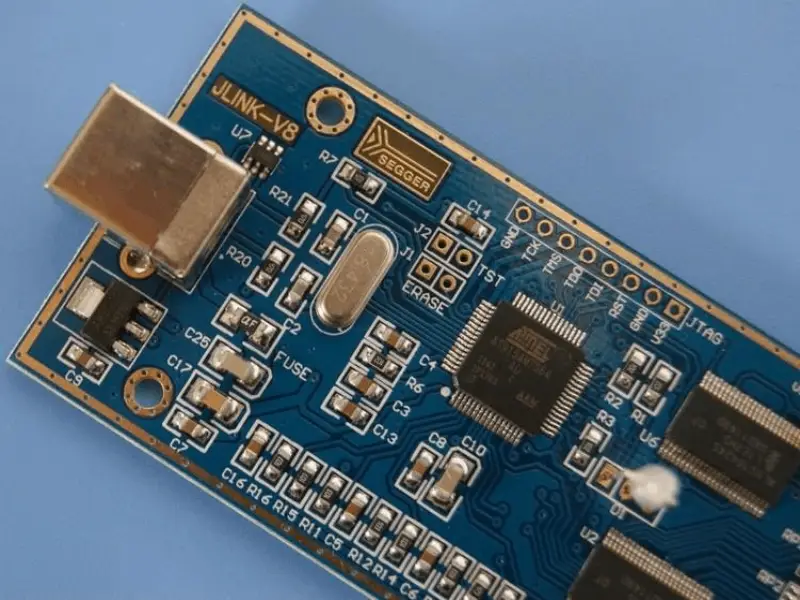- In the intricate world of computing, firmware plays a crucial role as the low-level software that interacts directly with a device’s hardware. One of the essential components of firmware is the firmware partition.
- This blog will delve into the concept of a firmware partition, its characteristics, and its purpose.
Firmware partitions are a foundational aspect of modern computing devices, providing a secure and reliable base for device operation and management. As technology continues to evolve, the importance of understanding and correctly implementing firmware partitions will only grow.
What is firmware partition
Firmware is a type of microcode or program that provides the lowest level of control over a hardware device. It is typically stored in non-volatile memory and is responsible for the initial setup and configuration of the device, as well as for managing the basic input/output system (BIOS) of a computer.
A firmware partition is a dedicated section of a device’s storage that is specifically reserved for storing the firmware code. This partition is distinct from other storage areas and is designed to be protected from accidental overwrites or deletions, ensuring the device’s boot and operational integrity.
Also read: What is router firmware and what are its functions?
Key features of firmware partition
Non-volatile storage: The resilience of firmware partitions is evident in their use of non-volatile memory, ensuring that critical data persists through power cycles. This characteristic is fundamental to the reliable operation of devices, as it guarantees that the firmware remains intact and accessible at all times.
Bootloader storage: As the first point of contact between the hardware and the operating system, the bootloader stored within firmware partitions initiates the system’s startup sequence. It is responsible for initialising hardware components and loading the kernel, making it a pivotal component of the device’s boot process.
Update mechanism: Firmware partitions are equipped with sophisticated update mechanisms that enable seamless firmware updates. These mechanisms not only facilitate the application of security patches but also ensure that devices receive the latest features and improvements, thereby enhancing performance and reliability.
Recovery features: To safeguard against the potential corruption or failure of the primary firmware, some partitions incorporate robust recovery features. These tools can automatically detect issues, roll back to a previous firmware version, or even perform a factory reset, ensuring that the device can be restored to full functionality.
Isolation: Firmware partitions are typically isolated from the main storage areas to protect against unauthorised access and accidental data loss. This separation is crucial for maintaining the integrity and security of the firmware, as it minimises the risk of tampering or corruption.
Size and optimisation: The size of firmware partitions is optimised to balance the storage of essential firmware components with the available memory resources. This optimisation ensures that the device can efficiently utilise its storage capacity while still providing the necessary firmware functionality.
Understanding these characteristics is crucial for developers and IT professionals who work with firmware updates and device maintenance. The proper management and utilisation of firmware partitions can significantly impact the security, performance, and overall user experience of computing devices.
Also read: What is firmware engineering and what are its applications?
Purpose of firmware partitions
Device initialisation is a crucial process, as firmware partitions play a key role in booting up the device’s hardware components. These partitions also contribute to the device’s security by enabling features like secure boot, ensuring a safe operating environment. In addition, they simplify maintenance tasks by allowing for easy firmware updates, ultimately improving the device’s functionality and addressing any bugs that may arise.

